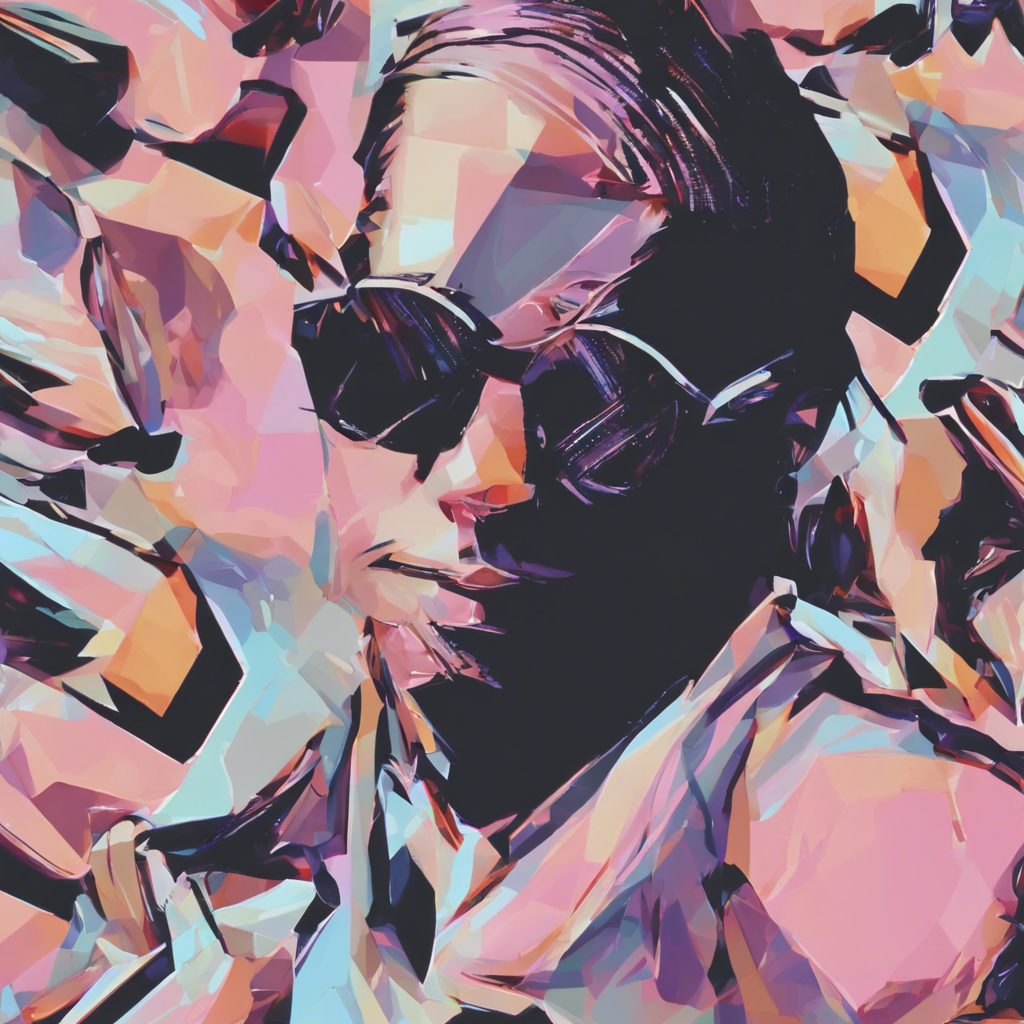Is A GIF a digital image?
Is a GIF a Digital Image?
A GIF, or Graphics Interchange Format, is a file format that is commonly used to create animated images. But is it a digital image? Let's take a closer look.
What is a Digital Image?
A digital image is a visual representation of something that is created and stored using digital technology. Digital images are made up of pixels, which are tiny squares of color that together create an image. The number of pixels in an image determines its resolution, or how clear and detailed it is.
Digital images can be created and edited using a variety of software programs, and they can be stored and shared in a number of different file formats, including JPEG, PNG, and GIF.
What is a GIF?
As mentioned earlier, a GIF is a file format that is commonly used to create animated images. A GIF is made up of a series of frames, each of which is a digital image. When these frames are played in sequence, they create an animation.
GIFs can also include text and other elements, and they can be looped to repeat the animation indefinitely. This makes them a popular choice for creating simple, eye-catching animations for use on social media and other online platforms.
So, Is a GIF a Digital Image?
Given that a GIF is made up of a series of digital images, it could be argued that it is, in fact, a digital image. However, the term "digital image" is typically used to refer to a single, static image, rather than an animated one.
In this sense, a GIF is more accurately described as a digital animation, rather than a digital image. It is made up of multiple digital images that are played in sequence to create an animation.
The Benefits of Using GIFs
Despite the fact that GIFs are not technically digital images, they are still a popular and useful format for a number of reasons.
They are eye-catching and engaging
GIFs are often more eye-catching and engaging than static images, making them a great way to grab attention and convey information in a memorable way.
They can convey emotion and humor
GIFs are often used to convey emotion and humor, making them a popular choice for use in social media and other online communications.
They are relatively small in size
GIFs are typically smaller in size than other animation formats, such as MP4s, making them easier to share and store.
The Downsides of Using GIFs
While GIFs have a number of benefits, there are also some downsides to using them.
They can be low-resolution
Because GIFs are made up of a limited number of colors, they can appear low-resolution and pixelated, especially when viewed on a high-resolution display.
They can be difficult to create
Creating a high-quality GIF can be more difficult than creating a static image, requiring some technical skill and knowledge.
They may not be supported by all devices and browsers
While most modern devices and browsers support GIFs, some older or less common devices may not, making it important to test GIFs on different platforms before using them.
Conclusion
In conclusion, while a GIF is made up of a series of digital images, it is more accurately described as a digital animation rather than a digital image. GIFs have a number of benefits, including being eye-catching and engaging, conveying emotion and humor, and being relatively small in size. However, they can also be low-resolution, difficult to create, and not supported by all devices and browsers. Despite these downsides, GIFs remain a popular and useful format for creating animated images.
Discover more from EMD
Subscribe to get the latest posts to your email.
